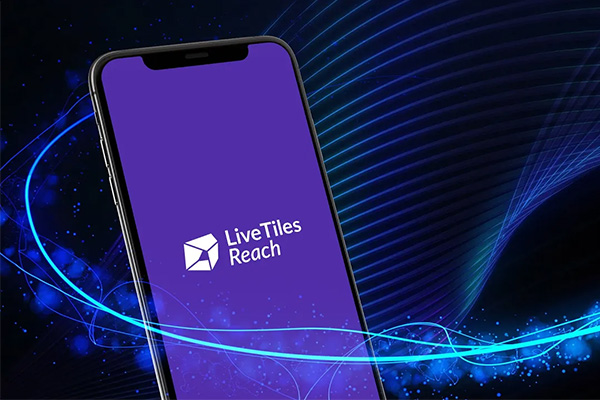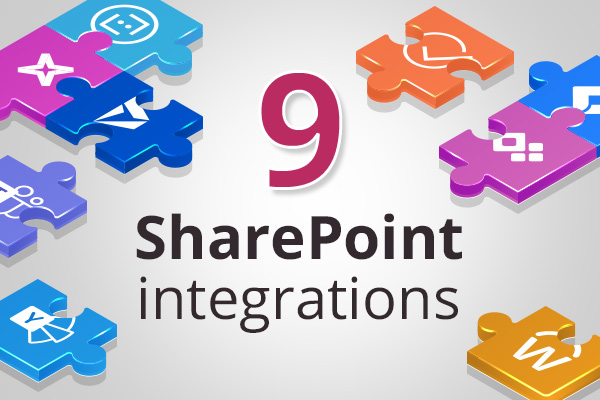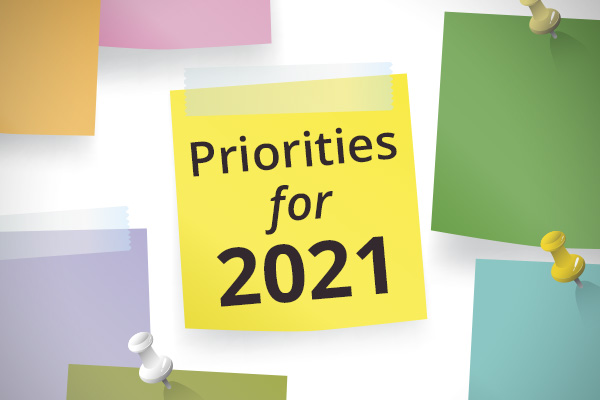
9 must have features for employee engagement app
Employee engagement remains a key objective for companies. A mobile app that includes communication and engagement features is a definite must, particularly in companies where there are a high proportion of firstline, mobile and deskless workers.



